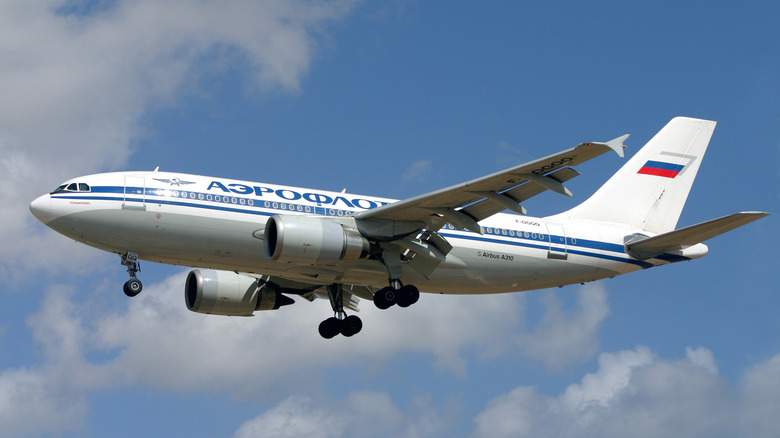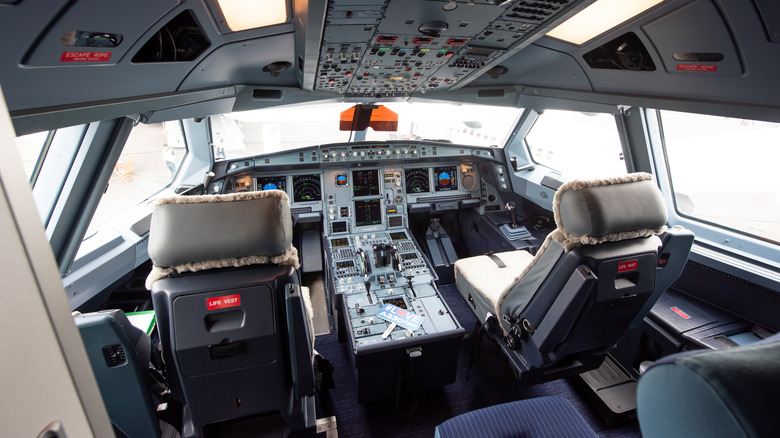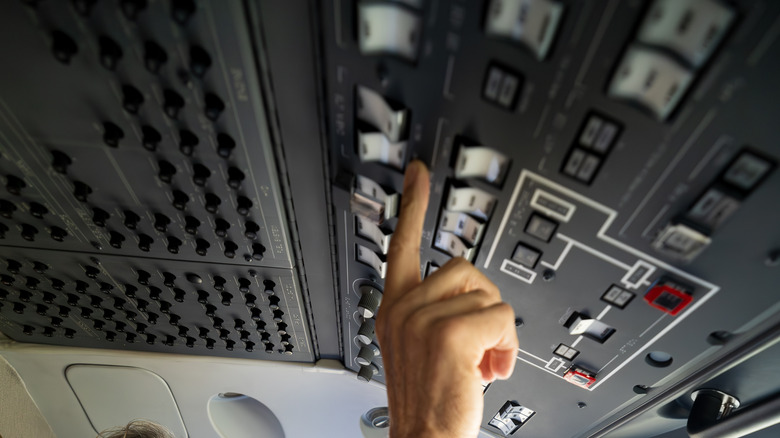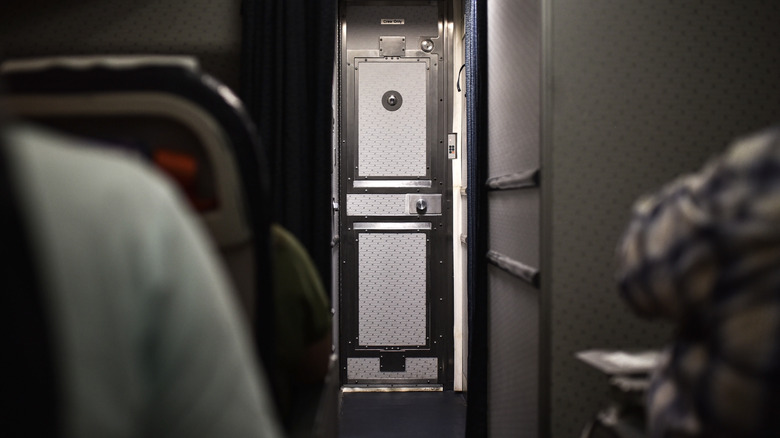What Kind Of Airplane Was Aeroflot Flight 593 & What Caused Its Devastating Crash?
Aeroflot Flight 593 was an Airbus A310, specifically the 310-304, that left Moscow bound for Hong Kong on March 23, 1994. The plane had entered the airline's service less than two years earlier, and the crews picked to fly western-made planes tended to be among the best Aeroflot had.
The often-forgotten Airbus A310 is a widebody aircraft first produced in 1983, one of the first commercial jetliners to use composites like carbon fiber in its construction. The aircraft used for Aeroflot Flight 593 had a first flight date of Nov. 9, 1991, was delivered to Aeroflot on Nov. 12, 1992, and was powered by a pair of GE CF6-80C2A2 engines, part of General Electric's CF6 family of engines and very commonly used on commercial jets.
The A310 can carry up to 280 passengers, depending on configuration, but Flight 593 had room for only 185 in three classes: 12 in first class, 35 in business class, and the remaining 138 in economy. And it carried just 75 people when two minutes of chaos led to the plane crashing into a mountain range in southern Russia.
Everyone on board died in the crash, including Capt. Andrey Viktorovich Danilov, First Officer Igor Vasilyevich Piskaryov, Relief Pilot Yaroslav Vladimirovich Kudrinsky, and Kudrinsky's two children. Worse still, the plane crash was caused by a monumentally bad decision from Kudrinsky, followed by a number of errors involving him and Piskaryov. Here's what investigators believe happened on the flight.
The crash was caused by an extreme pilot error
"Bring Your Kids to Work Day" is a nice concept, and if your job is in an office there probably isn't much that can go wrong. However, putting your child in the pilot seat of a passenger aircraft operating at cruising altitude can have more serious consequences.
Relief Pilot Yaroslav Kudrinsky decided to do this on Aeroflot 593, and those serious consequences were realized. The Russian aviator first placed his 12-year-old daughter in the seat, and that part went without incident. The plane's autopilot kept things level, giving the girl the feeling of flying the plane without bringing about any major catastrophes.
Kudrinsky's 15-year-old son, Eldar, then took his turn in the pilot seat, and this is where things went wrong. With both children, Kudrinsky adjusted the autopilot to give the impression that they were piloting the aircraft. But his son pushed too hard on the steering column, disabling the autopilot and giving him partial control of the plane.
Both Kudrinsky and the co-pilot failed to spot the warnings that the plane's autopilot system had been partially disabled. They only noticed something was wrong when Eldar's actions caused the aircraft to veer sharply.
The pilots tried to right the plane, but failed
Kudrinsky quickly ushered his son from the pilot's seat, with the plane's black box recording those final moments. Per the Daily Star, the recording says: "Eldar, get away. Go to the back, go to the back, Eldar! You see the danger don't you? Go away, go away Eldar! Go away, go away. I tell you to go away."
The pilot managed to pull up from the dive the plane had found itself, but overcorrected, leading to the plane stalling and ultimately falling from the sky. The Hong Kong-bound flight crashed in southern Russia's Kuznetsk Alatau mountain range at an estimated speed of 160 mph, killing all 63 passengers and 12 crew.
A subsequent investigation, which included the recovery of the plane's black box flight recorder, confirmed that mechanical failure was not an issue and the crash was likely caused by Kudrinsky allowing his son into the pilot seat, and the teen subsequently putting the plane in danger.
Other factors did play into the crash. The experienced pilot has also received criticism for not noticing that the autopilot was partially disengaged. The first officer, who only had 440 hours logged on an Airbus A310, was blamed for the overcorrection.
Could a similar incident happen today?
Unless you're a pilot, first officer, or relief pilot, getting cockpit access while the plane is in the air doesn't really happen these days. Getting a tour of the cockpit in-flight used to be quite common, but regulations were tightened following the attacks on Sept. 11, 2001. Now U.S. aviation regulations state that the cockpit must be closed and locked whenever the plane is flying. The door may be briefly opened in certain circumstances, like when a pilot change is necessary, the people in the cockpit are being served food, or a pilot needs the lavatory. But passengers aren't permitted near the cockpit while this is happening, nor will a pilot leave the cockpit to resolve something like a passenger issue.
However, rules aren't the same everywhere. In 2017, an Air Algérie flight was grounded and the pilot was arrested after letting a 10-year-old boy take partial control of a plane in flight in Algeria. The boy was an orphan who dreamed of becoming a pilot, and the whole event was filmed for TV as part of a charity initiative. Still, there was backlash over the incident and both pilots were suspended for breaching aviation regulations.
So while such an incident is unlikely to happen these days, you can't rule it out completely. Even highly trained people are still capable of making catastrophically bad decisions.



